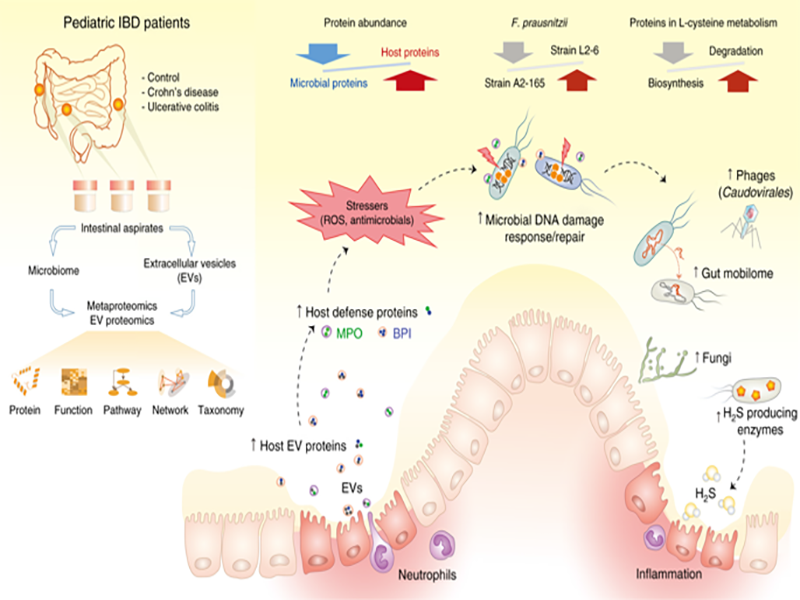Categories
- Blog (808)
- Customer Purchase (378)
- Best Sarms stack (6)
- Weight loss peptide (39)
- Other supplements (35)
- Home made (6)
- Testosterone & TRT & AAS (75)
- PCT (28)
Since the discovery and isolation of insulin in the 1920s, more and more peptide products have been developed. Unfortunately, most of the more than 60 approved peptide drugs and 150 peptides under active development are formulated as injections. Oral peptides have been a consistent area of academic and industrial research.

However, two key challenges have hindered the development of oral peptides: the instability of peptides in the gastrointestinal tract and their limited ability to cross the intestinal epithelium. These challenges exist because the gastrointestinal tract is designed to break down nutritional proteins into individual amino acids for absorption, not complete protein.
This results in many peptide therapeutics being classified as either Class III (high solubility, low permeability) or Class IV (low solubility, low permeability) under the biopharmaceutical Classification System (BCS). Because its intended effect is greatly reduced after it passes through the stomach.
Therefore, it has been an active research field to enhance the stability of peptides by altering their chemical and structural characteristics to avoid proteolysis.
Another way to protect peptide drugs from the proteolytic gastric environment is to encapsulate the drug with an enteric-soluble polymer that only dissolves after leaving the stomach.
Paracellular pathways for transepithelial transport are regulated by a complex network of proteins called tight junctions. These limit the expansion of the paracellular space to prevent the translocation of heterobiomaterials and thus hinder the absorption of larger peptide drugs. Many intestinal osmosis enhancers work by directly or indirectly transient disruption of this network through membrane fluidization, allowing the drug to be absorbed.
Salcaprozate sodium, short for SNAC, is a synthetic n-acetylamino acid derivative of salicylic acid. It is the primary PE (Intestinal osmotic promoter) discovered by Emisphere (Roseland, NJ, USA) in Eligen technology, which can be used to company poorly permeable macromolecules across the plasma membrane through a transcellular mode of action.
Several other mechanisms of action for SNAC have been proposed over the past 20 years, Based on its similarity to surfactants and its structural association with salicylic acid and medium chain fatty acids, SNAC is generally regarded as a safe state (GRAS) from a regulatory perspective.
SNAC as the PE of the peptide, octreotide was paired with SNAC as a mature PE that is not necessarily the most effective PE (often depending on the payload), but has an excellent safety record, GRAS status, and can be manufactured in large quantities to good Manufacturing practice (GMP) quality. SNAC has been marketed as an ingredient in oral Semaglutide since 2019.
SNAC is known to increase oral absorption of several co-administered poorly permeable molecules, including regular heparin and sodium glycine, in addition to Semaglutide and oral vitamin B 12 supplements. However, the exact mechanism of action remains controversial, and specific mechanisms closely related to smirutide in tablets in the stomach have recently been provided for SNAC, based on acid buffering, protection against pepsin, and the presentation epithelium of smirutide to the stomach as monomer.
It has been proposed to replace SNAC with another Eligen PE analogue, and experimental data suggest that none of these alternatives is sufficient to increase flux in the gastric epithelial monolayer.
Currently, SNAC is the most extensively tested carrier and the only oral formulation approved for PE to improve oral BA.
As an intestinal osmosis promoter, SNAC can safely and effectively promote the absorption of various oral peptide powder, so as to achieve better results.
We are a raw chemical material manufacturer and can provide high quality SNAC powder. If you have any need, please contact us.